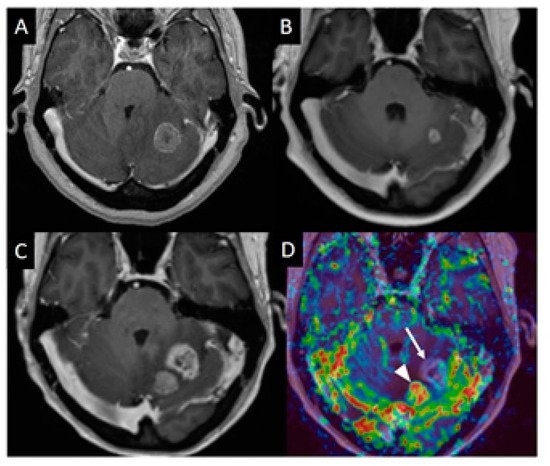Oncology and Cancer Imaging

Types of Oncology and Cancer Imaging
There are several types of imaging used in oncology, depending on the type of cancer and clinical need:
CT (Computed Tomography) Scan – Provides detailed cross-sectional images of the body to detect tumors or metastases.
MRI (Magnetic Resonance Imaging) – Offers excellent soft tissue contrast, useful for brain, spinal, liver, and pelvic tumors.
PET-CT (Positron Emission Tomography with CT) – Combines metabolic and anatomical imaging to detect active cancer cells and monitor treatment response.
Ultrasound – Used for evaluating superficial tumors, liver cancers, or guiding biopsies.
Mammography – Specialized imaging for breast cancer detection.
Bone Scan (Skeletal Scintigraphy) – Detects bone metastases or skeletal abnormalities caused by cancer.
What Are Some Common Uses of Oncology and Cancer Imaging?
Detecting tumors and cancers at an early stage
Determining cancer stage (how far it has spread)
Planning surgery, radiation therapy, or chemotherapy
Monitoring response to cancer treatments
Detecting recurrence after treatment
Guiding biopsies or minimally invasive treatments
Assessing complications related to cancer
How Do I Prepare for My Oncology and Cancer Imaging?
Preparation depends on the type of imaging:
CT or MRI scans – You may be asked to avoid eating or drinking for a few hours; remove metal objects; wear a hospital gown.
PET-CT scans – Follow special diet instructions (low sugar/carb), fast for several hours, and avoid strenuous activity before the scan.
Ultrasound or Mammography – Usually minimal preparation; for abdominal ultrasound, you may need a full bladder.
Always inform the staff if you are pregnant, breastfeeding, have allergies, or have medical implants (pacemaker, metal clips, etc.).
What Will Happen During My Oncology and Cancer Imaging?
During the procedure:
You will be positioned comfortably on a scan table.
For some scans, a contrast agent may be injected or swallowed to improve image quality.
The technologist will operate the scanner from an adjacent room but can see and communicate with you.
You will need to remain still, and in some cases, hold your breath briefly.
The procedure is usually painless, although some patients feel mild warmth or a metallic taste from the contrast dye.
What Are the Reasons for an Oncology and Cancer Imaging?
Your doctor may recommend oncology imaging if you:
Have symptoms suggestive of cancer (e.g., unexplained weight loss, lumps, pain, bleeding)
Need cancer staging or restaging
Require evaluation before or after surgery
Need to check how well treatment is working
Require surveillance for cancer recurrence
Need image-guided procedures, such as biopsy or tumor ablation
Why Is Skeletal and Oncology Cancer Imaging Used?
Skeletal imaging (like bone scans or MRI) plays a crucial role in oncology to:
Detect bone metastases, common in breast, prostate, and lung cancers
Identify bone marrow involvement in cancers like lymphoma or leukemia
Assess bone fractures or complications related to cancer
Guide treatment decisions for bone pain, radiation therapy, or surgery
